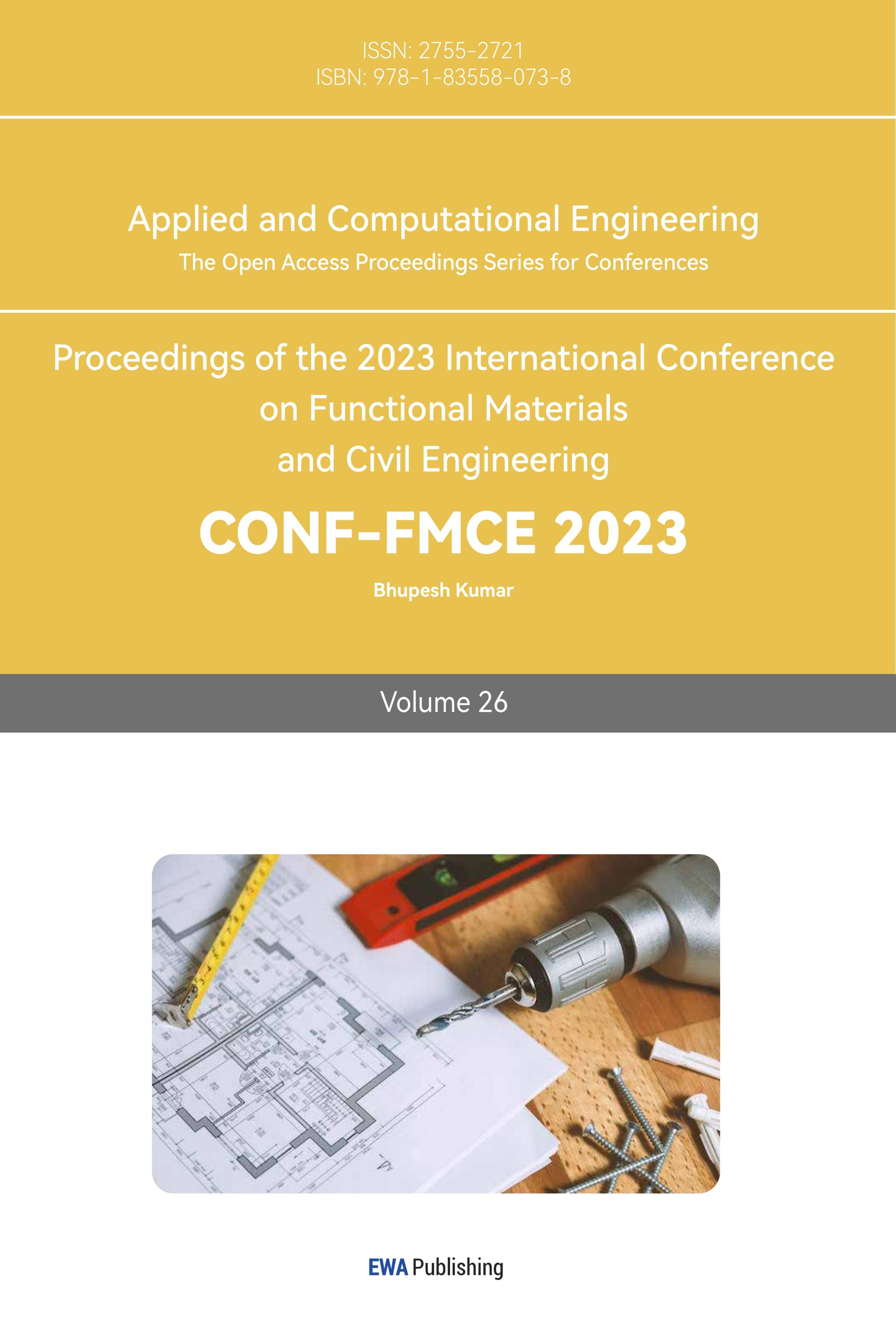References
[1]. Qixin CHEN, Chongqing KANG, Qing XIA, et al. Key low carbon factors in the evolution of power decarbonization and their impacts on generation expansion planning[J]. Automation of Electric Power Systems, 2009, 33(15): 18-23.
[2]. IPCC. Intergovernmental panel for climate change: fourth assessment report[R]. Cambridge, UK: Cambridge University, 2007.
[3]. Hong-Shuo YAN, Xian-Chun TAN, An ZENG, Ling-Si KONG,Advances in Climate Change Research Volume 14, Issue 1, February 2023, Pages 23-31.
[4]. Yiqing Wang. (2015). Application of IPCC emission factor method in fishery carbon emission reduction assessment. Modern Agricultural Science and Technology (20),165-166+182.
[5]. Ping ping WANG, Yongchun ZHAO, Junying ZHANG, et al. Research progress on carbon measurement methods for coal-fired power plants under the dual carbon goal[J]. Clean Coal Technology, 2022, 28(10):170-183.DOI:10.13226/j.issn.1006-6772.HK22090601.
[6]. Carbon flows: the emissions omitted-the usual figures ignorethe role of trade in the world’s carbon economy [EB/OL]. [2011-04-28]. http://www. economist.com/node/18618451.
[7]. ATKINSON G, HAMILTON K, RUTA G, et al. Trade invirtual carbon: empirical results and implications for policy[J]. Global Environmental Change, 2011, 21: 563-574.
[8]. Tianrui ZHOU, Chongqing KANG, Qianyao XU, Qixin CHEN. Preliminary study on carbon emission flow analysis theory of power system[J]. Automation of Electric Power Systems, 2012, 36(07): 38-43+85.
[9]. International energy agency [C], CO2 Emissions in 2022,2023 https://www.iea.org/reports/-co2-emissions-in-2022.
Cite this article
Yang,Y. (2023). A review of the carbon emission factor method’s application to power system accounting. Applied and Computational Engineering,26,120-125.
Data availability
The datasets used and/or analyzed during the current study will be available from the authors upon reasonable request.
Disclaimer/Publisher's Note
The statements, opinions and data contained in all publications are solely those of the individual author(s) and contributor(s) and not of EWA Publishing and/or the editor(s). EWA Publishing and/or the editor(s) disclaim responsibility for any injury to people or property resulting from any ideas, methods, instructions or products referred to in the content.
About volume
Volume title: Proceedings of the 2023 International Conference on Functional Materials and Civil Engineering
© 2024 by the author(s). Licensee EWA Publishing, Oxford, UK. This article is an open access article distributed under the terms and
conditions of the Creative Commons Attribution (CC BY) license. Authors who
publish this series agree to the following terms:
1. Authors retain copyright and grant the series right of first publication with the work simultaneously licensed under a Creative Commons
Attribution License that allows others to share the work with an acknowledgment of the work's authorship and initial publication in this
series.
2. Authors are able to enter into separate, additional contractual arrangements for the non-exclusive distribution of the series's published
version of the work (e.g., post it to an institutional repository or publish it in a book), with an acknowledgment of its initial
publication in this series.
3. Authors are permitted and encouraged to post their work online (e.g., in institutional repositories or on their website) prior to and
during the submission process, as it can lead to productive exchanges, as well as earlier and greater citation of published work (See
Open access policy for details).
References
[1]. Qixin CHEN, Chongqing KANG, Qing XIA, et al. Key low carbon factors in the evolution of power decarbonization and their impacts on generation expansion planning[J]. Automation of Electric Power Systems, 2009, 33(15): 18-23.
[2]. IPCC. Intergovernmental panel for climate change: fourth assessment report[R]. Cambridge, UK: Cambridge University, 2007.
[3]. Hong-Shuo YAN, Xian-Chun TAN, An ZENG, Ling-Si KONG,Advances in Climate Change Research Volume 14, Issue 1, February 2023, Pages 23-31.
[4]. Yiqing Wang. (2015). Application of IPCC emission factor method in fishery carbon emission reduction assessment. Modern Agricultural Science and Technology (20),165-166+182.
[5]. Ping ping WANG, Yongchun ZHAO, Junying ZHANG, et al. Research progress on carbon measurement methods for coal-fired power plants under the dual carbon goal[J]. Clean Coal Technology, 2022, 28(10):170-183.DOI:10.13226/j.issn.1006-6772.HK22090601.
[6]. Carbon flows: the emissions omitted-the usual figures ignorethe role of trade in the world’s carbon economy [EB/OL]. [2011-04-28]. http://www. economist.com/node/18618451.
[7]. ATKINSON G, HAMILTON K, RUTA G, et al. Trade invirtual carbon: empirical results and implications for policy[J]. Global Environmental Change, 2011, 21: 563-574.
[8]. Tianrui ZHOU, Chongqing KANG, Qianyao XU, Qixin CHEN. Preliminary study on carbon emission flow analysis theory of power system[J]. Automation of Electric Power Systems, 2012, 36(07): 38-43+85.
[9]. International energy agency [C], CO2 Emissions in 2022,2023 https://www.iea.org/reports/-co2-emissions-in-2022.









